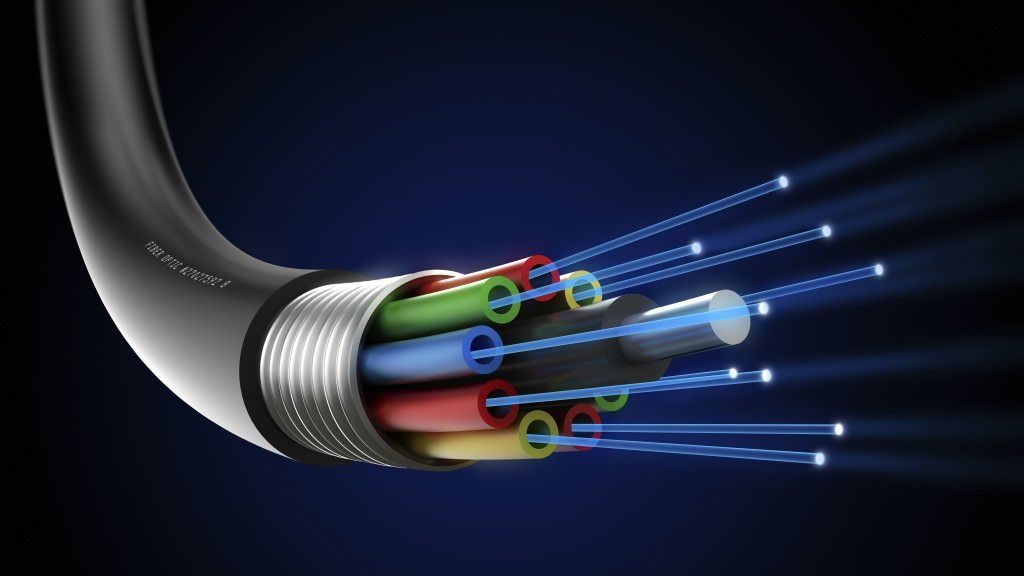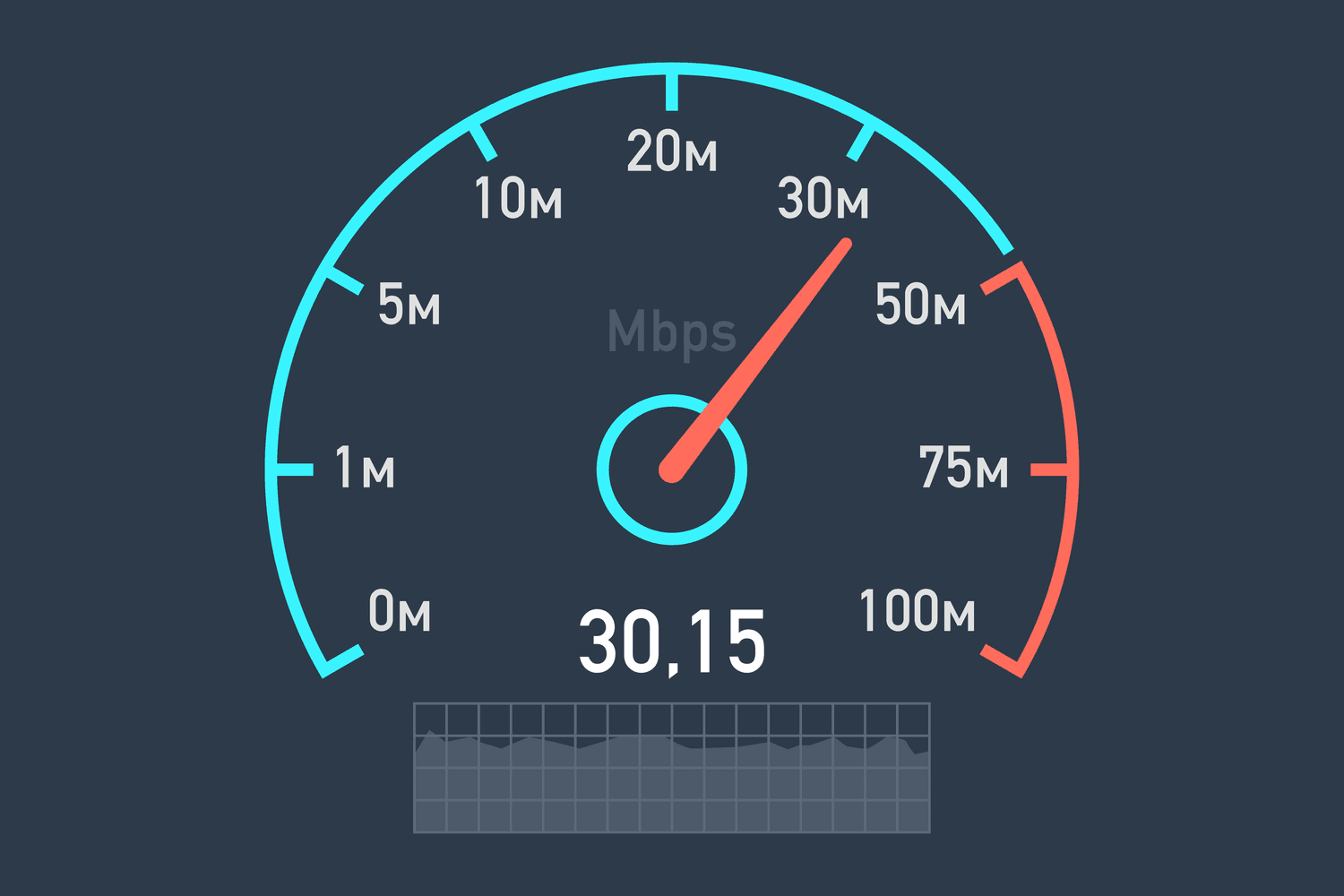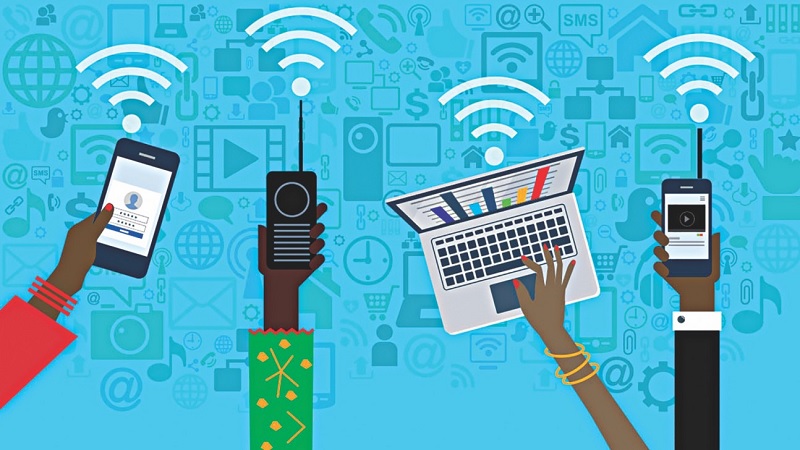
Fiber vs. Cable: What’s the Difference for U.S. Internet Users?
Cable and fiber are the two most common types of high-speed internet in the U.S. We break down the pros, cons, and which one is the right choice for your home.
Demystifying Your High-Speed Options
When you’re shopping for internet in the United States, you'll likely encounter two main types of service: cable and fiber. While both offer impressive speeds, they operate on different technologies and have distinct advantages and disadvantages. Understanding these differences can help you make a smarter decision for your home.
How Cable Internet Works
Cable internet uses the same copper coaxial cables that deliver television service to your home.
Licensed by Google
This widespread network allows it to be available in most neighborhoods, making it a reliable and accessible option for millions of Americans.
- Pros: Widespread availability, consistent and fast download speeds, and often bundled with TV and phone services.
- Cons: Speeds can slow down during peak usage hours in your neighborhood due to shared bandwidth. Upload speeds are significantly slower than download speeds, which can be an issue for video calls or cloud backups.
How Fiber Internet Works
Fiber internet uses tiny strands of glass or plastic to transmit data as pulses of light.
Licensed by Google
This technology is incredibly fast and efficient, allowing for symmetrical speeds, meaning your upload and download speeds are the same. This is the gold standard for internet connectivity.
- Pros: Symmetrical speeds (perfect for remote work and gaming), incredibly high reliability, and a future-proof technology that can handle massive bandwidth.
- Cons: Limited availability, especially in rural or older suburban areas, and can be more expensive than cable.
Making the Right Choice for Your Home
The choice between cable and fiber often comes down to one simple question: Is fiber available in your area?
If it is, and you can afford it, fiber is almost always the better choice for its speed and reliability. If fiber isn’t available, or if you primarily use the internet for streaming and general browsing, a high-speed cable plan is a fantastic and dependable option. Always check with providers in your specific zip code to see what’s available.
By understanding how these technologies work, you can confidently choose an internet plan that meets your needs without overpaying.


